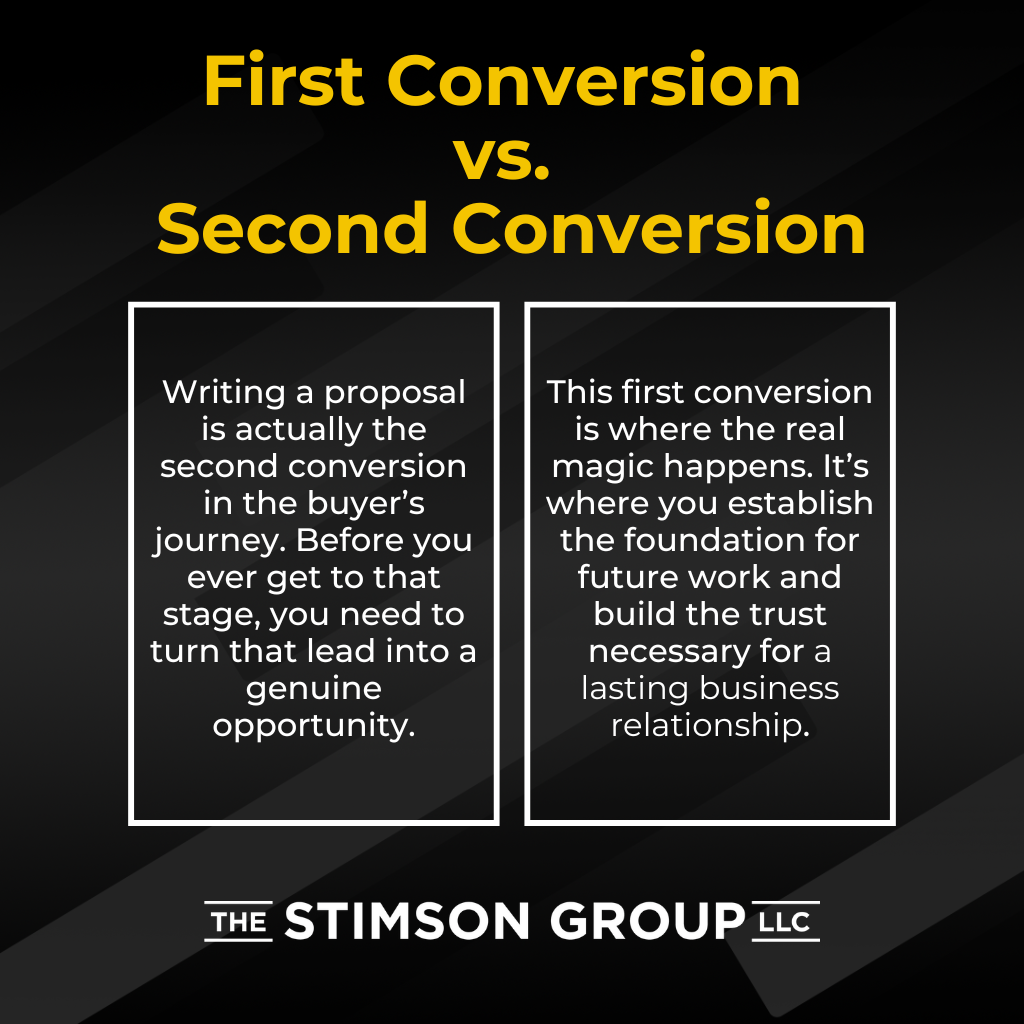
Listen instead on your Monday Morning Drive:
Whenever I discuss marketing strategies with clients, the conversation inevitably turns to the buyer’s journey. Specifically, we explore how potential buyers find their way to that crucial entry point with your company — and what happens next.
The landscape is shifting. The traditional buyer’s journey that served us for decades is becoming obsolete, and live event businesses need to adapt their approach or risk falling behind in the new year.
The Old Way: A Direct Path to Nowhere
Let’s look at how the typical buyer’s journey has operated until now.
A potential client engages with your sales interface, and one of two things happens. Either they arrive with a request for proposal in hand, or you launch into a discovery conversation focused on building a rental order.
In both scenarios, the primary goal is converting “buyer-speak” into “rental-speak” as quickly as possible.
Here’s the problem: We’re not rental companies anymore. Yet our processes still operate as though we are.
The traditional approach assumes every prospect is ready to buy from you right now. When that’s not the case (and it usually isn’t), developing proposals and budgets wastes everyone’s time. But because we’re stuck in that rental mindset, we keep plugging rental line items into budget sheets and hoping for the best.
The 2025 Shift: It’s Not About Price Anymore
The buyer’s journey in 2025 — and this evolution is already underway — isn’t centered on “get me a price.” Instead, the primary question in the prospect’s mind is, “How do I know I’m talking to the right person?”
This represents a fundamental shift in how we need to approach new business opportunities. While drawing the shortest line between a buyer’s needs and your solution (complete with pricing) might seem logical, that’s no longer what drives successful relationships.

The Two Conversions: You’re Focusing On the Wrong One
Writing a proposal is actually the second conversion in the buyer’s journey. Before you ever get to that stage, you need to turn that lead into a genuine opportunity.
This first conversion is where the real magic happens. It’s where you establish the foundation for future work and build the trust necessary for a lasting business relationship.
Why Your Current Interface Isn’t Working
Most of our sales interfaces don’t look like our buyers — and that’s by design.
Our interfaces reflect our business: they’re technology-oriented, transaction-focused, and project-driven. While these qualities serve a purpose, they don’t make a potential buyer comfortable doing business with us.
Think about it this way: When you walk into a restaurant, you don’t immediately meet with the chef. Why? Because the chef is focused on the technical aspects of preparing your meal, not on curating the experience you’re seeking. Instead, you’re greeted by hosts and servers who guide you through the experience and help you make comfortable choices.
In our industry, we often lead with our “chefs” — our technical experts and account managers who immediately complicate the buyer’s requests into technical specifications. But where are our greeters? Where are the people who guide prospects through their journey, ensure they feel heard, and demonstrate genuine understanding before we dive into technical solutions?
The Solution: Mirror Your Buyer
The most effective strategy I’ve seen companies implement post-pandemic is investing in people who look and feel like their buyers as the first point of contact.
If your primary customers are corporate event planners, having someone with meeting planning experience on your business development team creates an instant connection. They speak the same language, understand the same challenges, and often know the same people.
This approach stands in stark contrast to leading with technical experts who, while incredibly valuable, might present with scruffy beards and a project manager’s mindset, creating an immediate disconnect with corporate buyers.
Building Your 2025 Interface
To succeed in 2025 and beyond, your buyer’s journey must start with an interface that mirrors your target clients.
This doesn’t mean eliminating your technical support, account managers, or transactional experts. It means bringing them in at the right time, after the initial connection has been established and the prospect feels understood.
The key is focusing on that critical first conversion: transforming leads into opportunities before introducing them to your selling process. This might mean rethinking your business development team’s composition or creating new roles that better align with your target market’s perspective.
The Bottom Line
Growing your business isn’t just about generating more leads. It’s about having the right interface to convert those leads into meaningful opportunities. The companies that thrive in 2025 will be those that make buyers comfortable first and discuss technical solutions second.
The choice is yours. Will you force prospects through an outdated rental-focused journey, or will you create an interface that speaks their language?






Leave a Reply